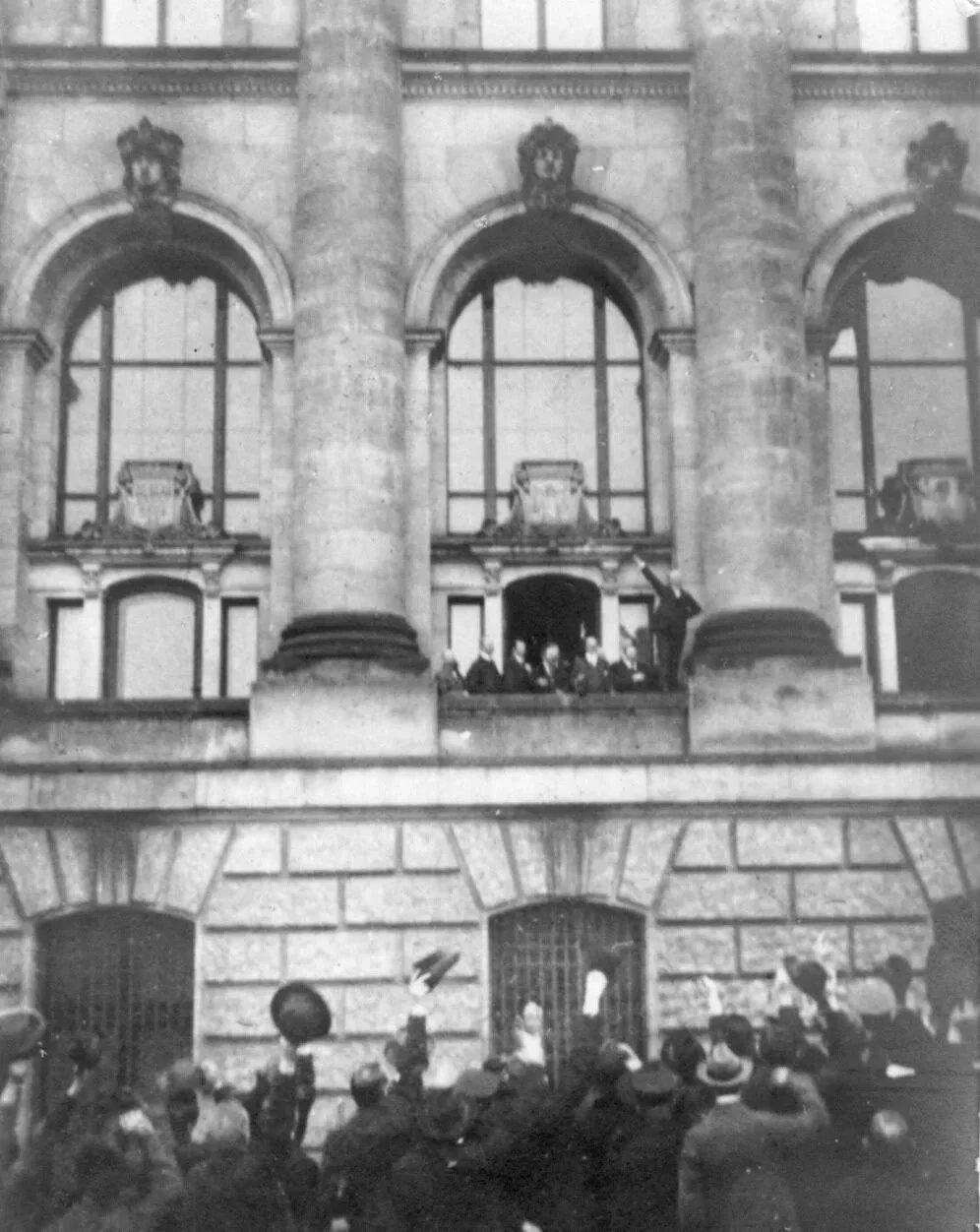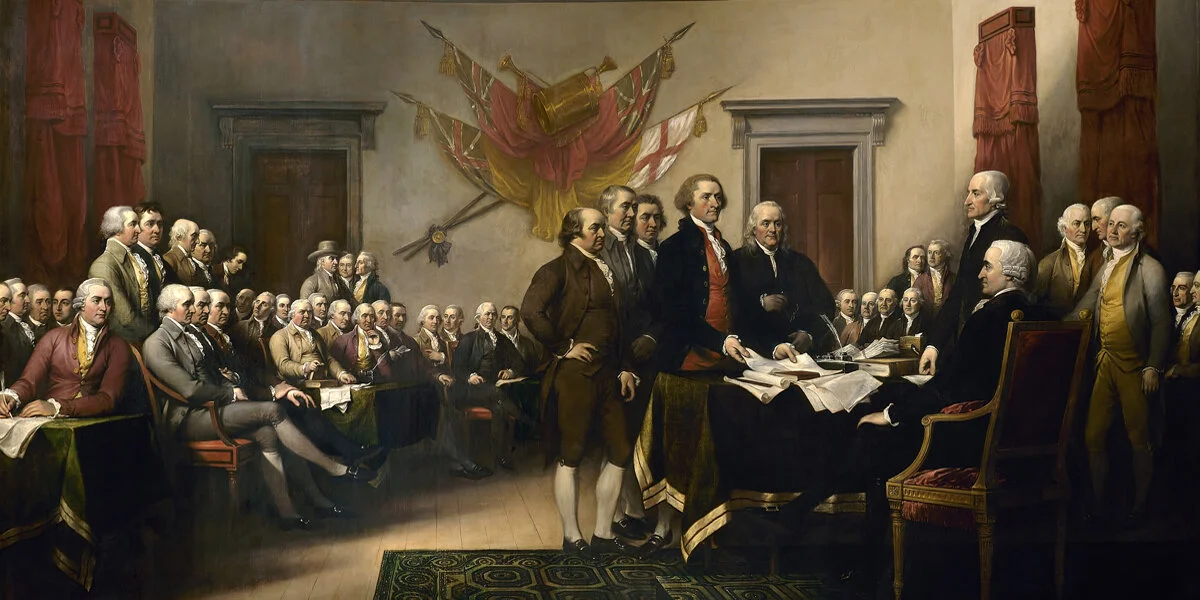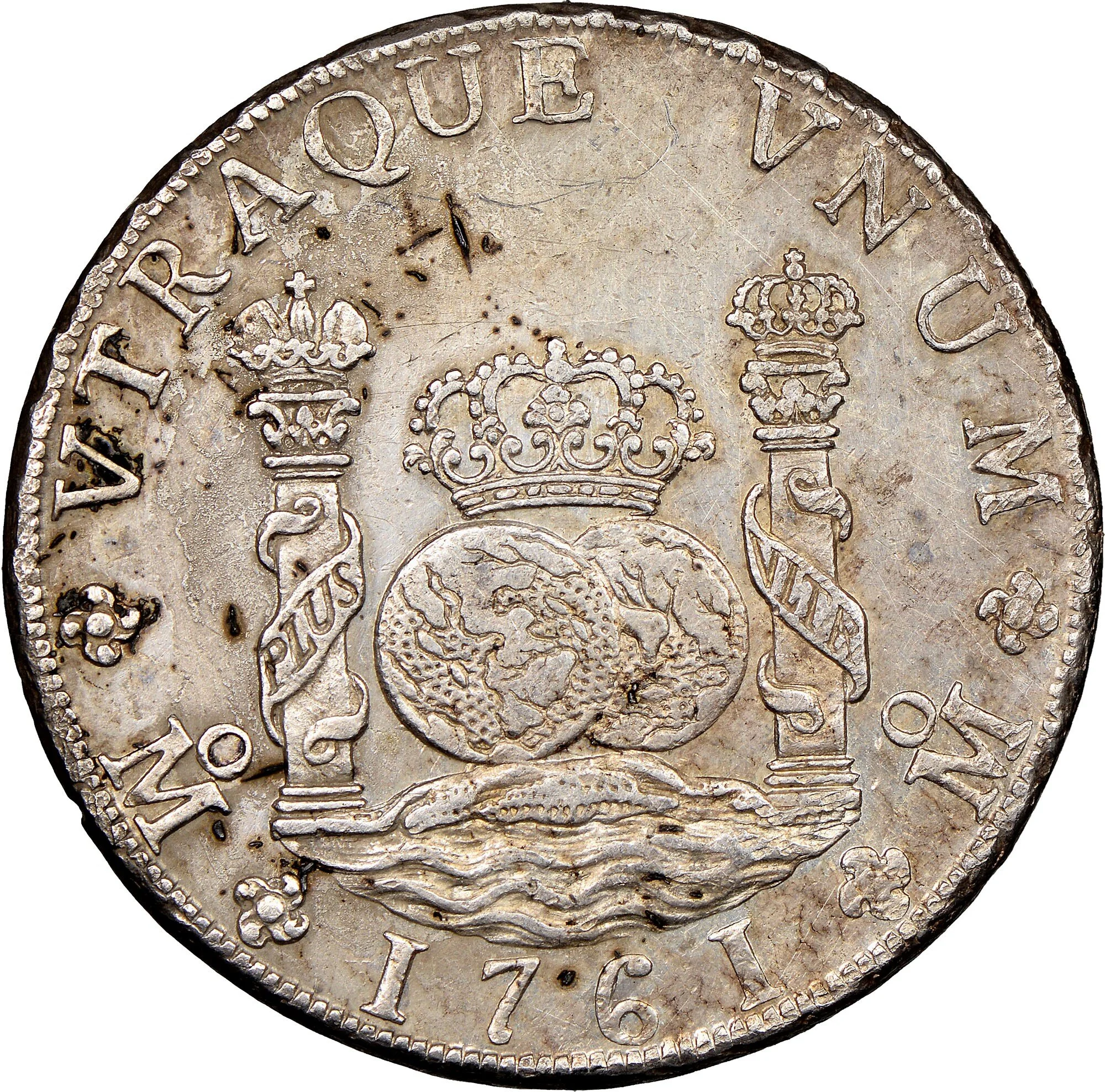Weimar!
Today, the USA are printing money to pay people not to work. Socialists of all stripes are in charge (Democrats and RINOs). Prices are rising. The same thing happened in Weimar Germany in 1923. Understanding the past helps us navigate our way through hyperinflation.
Following their defeat in the First World War (July 28, 1914-Nov 11, 1918), Germany lost land and her citizens were forced to pay tax reparations to compensate the victors. Inflation was a major problem too.
Editor’s Note: the above graph should read, “Stock market, USD (RHS)”.
Immediately prior to the armistice, Kaiser Wilhelm II abdicated the throne on Nov 9, 1918, de facto establishing the Weimar Republic. That same day, Philipp Scheidemann, leader of the Social Democratic Party of Germany said in a public speech at the Reichsdag,[1]
“The old and rotten, the monarchy has collapsed. The new may live. Long live the German Republic!”
The “New Republic,” was a temporary government run by the Council of People’s Deputies comprised of members from the Social Democratic Party of Germany and the Independent Social Democratic Party of Germany. They would sign the armistice ending fighting on November 11, 1918. They held general elections for the new legislature, the German National Assembly, in Jan 19, 1919 and were replaced by it. The German National Assembly (Feb 1919- June 1920), in turn, created a Constitution in the town of Weimar in August of 1919, giving the new republic the name that it is commonly known as in English. The legislature that they created was called the Reichstag, and would be meaningful until Hitler was granted unConstitutional powers by President Hindenburg’s February 28, 1933 Reichstag Fire Decree.[2][3]
The early days of the Republic were not easy. Street gangs, unemployed soldiers, and paramilitary units tried to create Germany in their own image. For example, volunteer militias known as freikorps were formed by the government and others to enforce the law because the Army was largely disbanded per the Treaty of Versailles.[4]
The Free Socialist Republic was declared by the Spartacus League (Bolshevik sympathizers) the same day as the “New Republic” and resulted in the Spartacist Uprising from Jan 5- Jan 12, 1919 in Berlin, until it was put down by freikorps.[5]
The day before the Weimar Republic was created, on November 8, the People’s State of Bavaria was declared in Munich by Kurt Eisner (where the Bavarian Socialist Republic was also established in April). It was ended by the German army and freikorps.[6]
If Communists, Socialists, and Marxists all fighting a civil war for ideological purity doesn’t sound like a good country for investment, you are right. This does not even scratch the surface of what was going on in 1919, but fast forward to 1922 and the Weimar Republic had defaulted on her debts.
As a consequence, in 1923 France and Belgium occupied the profitable Ruhr Valley in Germany in order to collect the debt. The Reichsdag paid workers in the valley to strike, resulting in the government printing money.
Thorsten Polleit, Chief Economist of Degussa and Honorary Professor at the University of Bayreuth, writes,[7]
“Toward the end of 1922, Germany was accused of having failed to deliver its reparation payments on time. To back their claim, French and Belgian troops invaded and occupied the Ruhrgebiet, the Reich’s industrial heartland, at the beginning of January 1923. The German government under chancellor Wilhelm Kuno called upon Ruhrgebiet workers to resist any orders from the invaders, promising the Reich would keep paying their wages. The Reichsbank began printing up new money by monetizing debt to keep the government liquid for making up tax-shortfalls and paying wages, social transfers, and subsidies.” -Thorsten Polleit, 90 Years Ago: The End of German Hyperinflation (2013).
Indeed, the Germans had been printing money for years. Writing on the subject, Ludwig von Mises noted,[8]
“The great German inflation was the result of the monetary doctrines of the socialists of the chair. It had little to do with the course of military and political events. The present writer forecast it in 1912. The American economist B. M. Anderson confirmed this forecast in 1917.”
Increasingly, the German government was only able to fund their budget by printing money.[9]
“While government expenditures rose by leaps and bounds, the revenue suffered a gradual decline until, in October 1923, only 0.8 percent of government expenses were covered by tax revenues. For the period from 1914 to 1923 scarcely fifteen percent of the expenses were covered by means of taxes. In the final phase of the inflation the German government experienced a complete atrophy of the fiscal system.” -Hans F. Sennholz, Hyperinflation in Germany, 1914–1923, originally published as the book The Age of Inflation.
The German people were broke and everything was going up in price.[10]
However, many in power blamed the high prices solely on supply constraints from the war. Continuing his thought in the previous quote, Mises wrote,
“But most of those men who between 1914 and 1923 were in a position to influence Germany’s monetary and banking policies and all journalists, writers, and politicians who dealt with these problems labored under the delusion that an increase in the quantity of bank notes does not affect commodity prices and foreign exchange rates. They blamed the blockade or profiteering for the rise of commodity prices, and the unfavorable balance of payments for the rise of foreign exchange rates. They did not lift a finger to stop inflation. Like all pro-inflation parties, they wanted to combat merely the undesirable but inevitable consequences of inflation, i.e., the rise of commodity prices. their ignorance of economic problems pushed them toward price control and foreign exchange restrictions. they could never understand why these attempts were doomed to fail.” -Ludwig von Mises, Omnipotent Government (1944), Chapter IX, part 5, The Economic Depression.
Today, some are saying that the price inflation today is soley a consequence of supply constraints such as the Suez Canal being blocked for a week in March or the Colonial gas pipeline being inoperative because of a cyber attack on Friday, May 7 (evidently everything uses computer chips these days).[11]
The Colonial Pipeline goes from oilfields in Texas to New Jersey and supplies half of the East Coast’s fuel.[12]
In more bad news, the Interstate 40 bridge going over the Mississippi River from Memphis, Tennessee to Arkansas was closed yesterday (5-12-21) because of a crack. Who knows how that will affect the city and river traffic?[13]
However, supply constraints should only lead to temporary price increases. The general rise in commodity prices that we are experiencing is a consequence of printing money. The Suez Canal and Colonial Pipeline are just convenient excuses.
In the end, the hyperinflation and unrest in Germany led to another Socialist group, the National Socialist German Worker’s Party, attempting their own revolution. On November 8th and 9th 1923, Hitler attempted his “Beer Hall Putsch.” He failed but the subsequent radio broadcast of his trial, where he was allowed to speak at length, gave him increasing support; which, he used 10 years later to be elected Chancellor of Germany.[14]
The German hyperinflation was only ended when the man in charge of the printing press, Rudolf Havenstein, the president of the Reichsbank, died of a heart attack on November 20, 1923. His successor, Hjalmar Schacht, stopped printing money.[15]
Today, the USA are printing stimulus cheques to pay people not to work. Socialists of all stripes (Democrats and RINOs) are in charge. Prices are rising.[16][17]
In the 1780’s and 1790’s, hyperinflation in the USA led to the creation of the Constitution and Bill of Rights.[18]
Either way, the money printing will stop. When it does, we can choose which history we repeat.
"Lenin was certainly right. There is no subtler, no surer means of overturning the existing basis of society than to debauch the currency. The process engages all the hidden forces of economic law on the side of destruction, and does it in a manner which not one man in a million is able to diagnose." -John Maynard Keynes, The Economic Consequences of the Peace (1919), Chapter VI pg 236
[1]https://greatwar-1914.tumblr.com/post/179929049228/the-old-and-rotten-the-monarchy-has-collapsed
[2]https://www.ushmm.org/learn/timeline-of-events/1933-1938/reichstag-fire-decree
[3]https://spartacus-educational.com/GERrevolution.htm
[4]https://spartacus-educational.com/GERfreikorps.htm
[5]https://www.historytoday.com/archive/spartacist-uprising-berlin
[6]https://spartacus-educational.com/GERbavarian.htm
[7]https://mises.org/library/90-years-ago-end-german-hyperinflation
[9]https://mises.org/library/hyperinflation-germany-1914-1923
[10]https://spartacus-educational.com/GERinflation.htm
[11]https://www.zerohedge.com/commodities/gas-run-has-begun-fuel-stations-run-dry-amid-hacked-pipeline
[14]https://spartacus-educational.com/GERbeer.htm
[15]http://jpkoning.blogspot.com/2013/01/rudolph-havenstein-independent-central.html “As I wrote in my previous article, what stopped the reichsmark inflation cold by the end of November 1923 was not the debut of Schacht's rentenmarks on November 15 but an abrupt change in the Reichsbank's policy. This rapid reversal could only happen because of the sickness and sudden death of Havenstein on November 20th from a heart attack. Hjalmar Schacht immediately exerted his presence. He ceased the Reichsbank's acceptance of notgeld and tightened credit, thereby halting the mark's slide by the end of November, a week after Havenstein's death.”
[16]https://www.hamiltonmobley.com/blog/r9tu385c22azkxuycdia7o3kludljh “In the 20th century, the USA would undergo a progressive cultural and legal shift to Socialism. The freedom to keep the fruit of your labor would be replaced by the freedom to live off of others taxes. In 1913, 16th Amendment created the income tax and the Federal Reserve Act was passed into law without a Constitutional Amendment. According to Karl Marx in the Communist Manifesto, a progressive income tax is the 2nd pillar of Communism and central banking, the Federal Reserve, is the 5th pillar.”
[18]https://www.hamiltonmobley.com/blog/due-process-government-by-default









